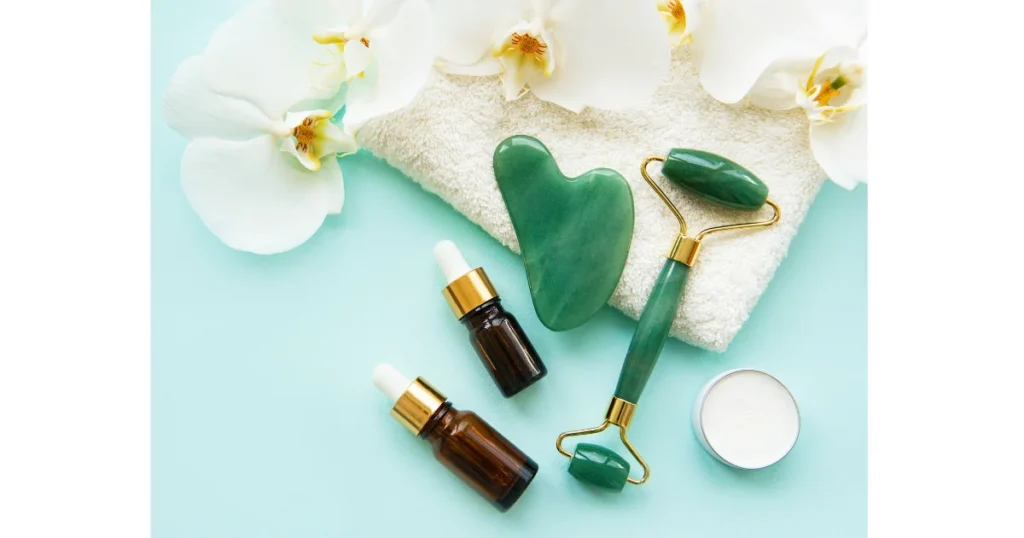Microneedling
Tired of battling stubborn acne scars, fine lines, or uneven skin texture? Look no further than microneedling – the skincare marvel that’s revolutionizing natural remedies for acne scars and beyond.
Say goodbye to imperfections and hello to radiant, youthful skin with this revolutionary treatment.

What is Microneedling?
Also known as “collagen induction therapy“, is a minimally invasive cosmetic procedure designed to enhance skin texture, tone, and overall appearance. The process involves the use of a specialized device equipped with fine needles that create controlled micro-injuries on the skin’s surface [Plastic and Reconstructive Surgery].
These micro-injuries stimulate the body’s natural healing response, triggering collagen and elastin production, which are essential proteins for maintaining skin elasticity and firmness.
The Science Behind:
Microneedling works on the principle of controlled injury-induced collagenesis. When the needles penetrate the skin, they create micro-channels, which activate the skin’s wound healing cascade.
This process stimulates fibroblasts to produce new collagen and elastin fibers, resulting in the regeneration of healthier skin cells. Additionally, it enhances the absorption of topical skincare products by creating pathways for better penetration into the deeper layers of the skin.
Cost:
The cost can vary depending on factors such as the practitioner’s expertise, location, and the number of sessions required. On average, a single microneedling session may range from $100 to $700. Multiple sessions spaced several weeks apart may be recommended for optimal results.
Targeted Areas:
Microneedling can be performed on various areas of the body, including:
- Face: To address concerns such as wrinkles, fine lines, acne scars, and uneven skin texture.
- Neck and Décolletage: To improve skin laxity and reduce signs of aging.
- Hands: To rejuvenate and smooth the skin on the hands, reducing the appearance of wrinkles and age spots.
Benefits:
Procedure:
Before the procedure, a topical numbing cream is applied to minimize discomfort. The practitioner then gently rolls or stamps the microneedling device over the targeted areas of the skin. The depth of needle penetration can be adjusted based on the specific skin concerns being addressed. The procedure typically takes around 30 to 60 minutes, depending on the size of the treatment area.
Expectations After Treatment:
Immediately following process, the skin may appear slightly red and inflamed, similar to a mild sunburn. Over the next few days, the skin will gradually heal and regenerate, revealing smoother and more radiant skin.
While some improvement may be noticeable after a single treatment, multiple sessions are often recommended to achieve optimal results. It is essential to follow the practitioner’s post-treatment instructions, which may include avoiding sun exposure, using gentle skincare products, and staying hydrated.
Optimal Skincare After:
After microneedling, it is crucial to provide proper care to the skin to optimize healing and results. This may include:

Precautions and Side Effects:
While microneedling is generally considered safe when performed by a trained professional, there are certain precautions and potential side effects to be aware of. These may include:
- Redness and swelling: Mild redness and swelling are common after the procedure but typically subside within a few days.
- Bruising: Some individuals may experience bruising at the treatment site, which usually resolves on its own.
- Infection: There is a slight risk of infection if proper sterilization protocols are not followed. It is crucial to choose a reputable practitioner and ensure that sterile equipment is used.
- Post-inflammatory hyperpigmentation: Individuals with darker skin tones may be at risk of developing temporary hyperpigmentation following microneedling. Sun protection and proper skincare can help minimize this risk.
Take over:
Microneedling triggers the body’s healing process for smoother, firmer skin. For safe and optimal results, always consult a qualified professional. Whether reducing acne scars or enhancing skin quality, this treatment could be your solution.






